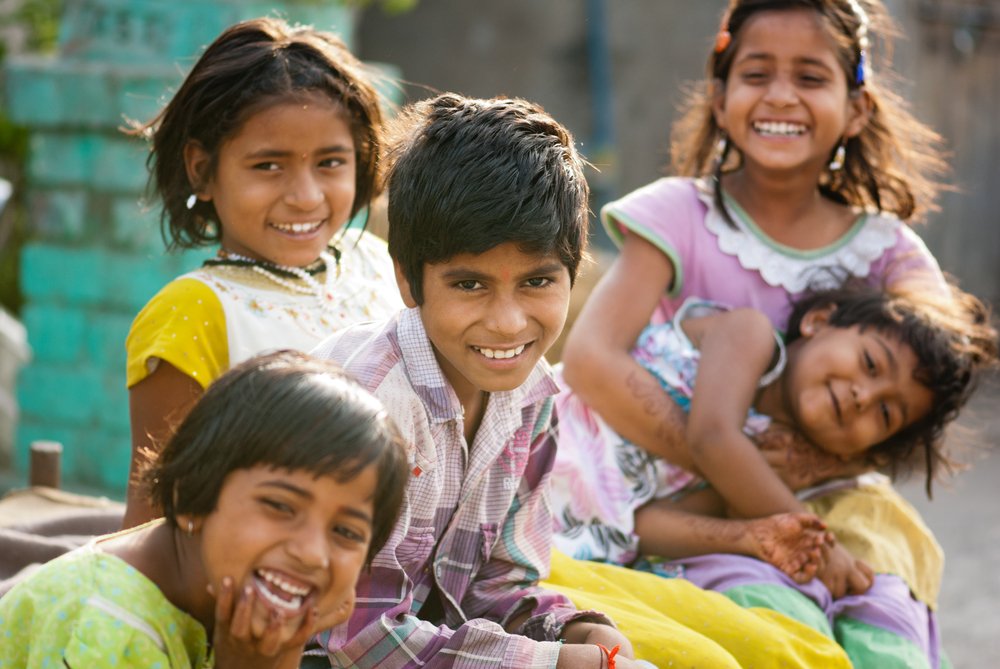Overview of Children’s Rights in India
India has always placed the well-being of its children at centre stage and has made continuous efforts to ensure that the youngest members of society have every opportunity to thrive. The Government has launched several provisions over the years that cover children’s rights in India. These programmes ensure children have access to quality education, healthcare, nutrition, a safe environment, the right to voice their opinions, and more.
However, in recent years, these rights of children in India are undergoing a massive transformation. Recognising the critical importance of nurturing and protecting children — the pillars of the nation’s future — various stakeholders, including the Government, NGOs, and the general public, are working hard to improve the child-protective environment. This article aims to shed light on these transformative trends and the work of NGOs such as Bal Raksha Bharat that are adopting these changes with vigour.
Progressive Approaches to Protecting Children’s Rights
The Constitution of India lays a strong foundation for children’s rights, supported by laws and regulations. These laws have been around for years and have influenced the lives of countless young lives. Through these initiatives, the government ensures that India’s future is secured in the hands of these children who grow up to be great leaders. The 21st century has brought innovations and developments that could shape the nation’s forthcoming future.
Here, we examine the key emerging trends shaping child rights policy in India:
Technological Advancements and Child Protection
Technology has emerged as a powerful tool in safeguarding children’s rights, offering innovative solutions to age-old problems. One of the most notable advancements is the increased use of digital platforms and apps designed to report abuse and track missing children. The Indian Government’s ‘TrackChild’ portal and the ‘Khoya Paya’ web portal are prime examples, facilitating real-time information sharing and coordination among various stakeholders to locate and rescue missing children. Furthermore, Artificial Intelligence (AI) and machine learning are being harnessed to predict and prevent potential harm to children on online platforms, showcasing how technology is an indispensable ally in child protection.
Education and Awareness Initiatives
Awareness is the first step towards change. Recognising this, a significant focus has been on education and awareness initiatives aimed at children and adults. Schools are increasingly incorporating child rights education into their curricula, enlightening students about their rights and how to safeguard them.
Similarly, campaigns and workshops aimed at parents, teachers, and community leaders are being organised regularly to educate them on recognising signs of abuse and the importance of creating a safe environment for children. The objective is to increase knowledge and create a culture that puts children’s rights at the forefront.
Strengthening Child Protection Mechanisms
Strengthening child protection mechanisms at both national and local levels has been a critical focus area. This includes the establishment of Child Welfare Committees (CWCs), Juvenile Justice Boards, and dedicated child protection units across states to ensure the efficient handling of cases related to child rights violations.
Empowerment of Children
Empowering children by giving them a platform to voice their opinions and concerns is a growing trend for the rights of children in India. Programmes and initiatives promoting child participation, such as children’s parliaments and forums, are actively encouraged. These platforms enable children to express themselves, make informed decisions, and participate in discussions on matters affecting their lives, creating a sense of responsibility and agency.
NGOs such as Bal Raksha Bharat (also known as Save the Children) are diligently working towards creating awareness around children’s rights in India and their development needs. Their work across education, healthcare, nutrition, and child protection showcases the tangible actions being taken to safeguard children’s rights.
Save the Children India, as an NGO for children, has adopted these changes and, in some instances, has been the catalyst for change. Over the past 15 years, this NGO has launched various educational & awareness programmes around child protection, contributing to many policy reforms, and has been a staunch supporter of giving children a platform to voice their opinions. Visit Bal Raksha Bharat’s website to learn more about their campaigns around children’s safety and well-being.
The Way Forward
Every sector of society has a role to play in safeguarding children’s rights. We must continue to support initiatives, legislative reforms, and organisations like Bal Raksha Bharat to ensure a brighter, safer future for all children in India.This journey towards safeguarding children’s rights in India is a collective endeavour that promises a brighter future for the nation’s youngest citizens. Through continued commitment and collaborative effort, we can forge a path where every child’s rights are protected.
